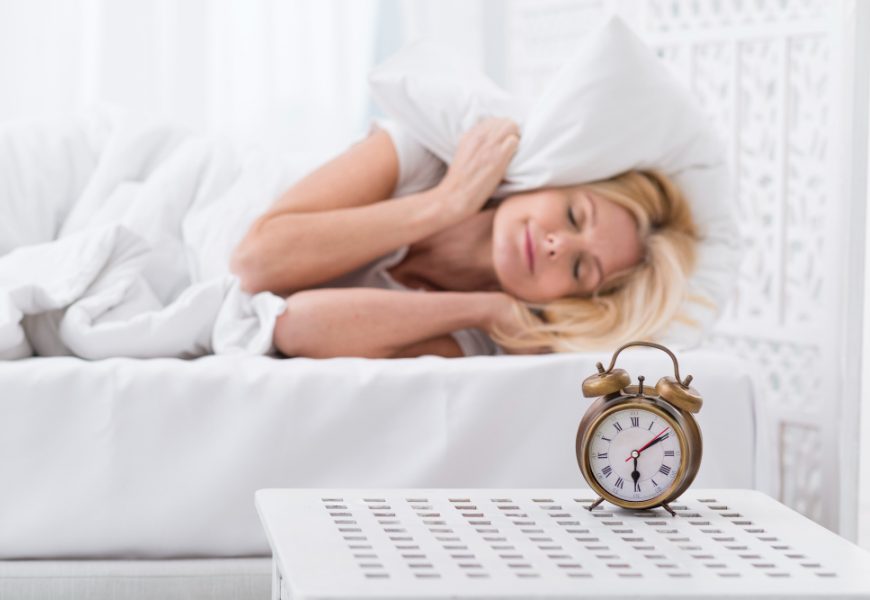Understanding the Natural Biological Rhythms That Govern Human Energy Levels
Every human body is synchronized to an internal rhythm that quietly governs when we feel alert, when we feel tired, and how well we transition between wakefulness and sleep. This rhythm, more technically known as the circadian rhythm, functions like an internal clock that orchestrates a symphony of physiological processes. It regulates hormone secretion such as melatonin and cortisol, adjusts core body temperature, shifts metabolic function, and influences neurological activity in the brain.
During daylight hours, the circadian rhythm primes us to be alert by raising body temperature and releasing stimulating hormones. At night, when darkness falls, it gradually slows these functions and triggers melatonin production, signaling the brain that it is time to rest. From an evolutionary perspective, this alignment with natural light and darkness is no accident—our ancestors depended on sunlight not only to navigate the environment safely but also to regulate when they foraged, socialized, and eventually sought safe places to sleep. Light became the ultimate timekeeper, and our biology is still tethered to this ancient system, regardless of modern lifestyle conveniences.
When our circadian rhythm is respected and regularly reinforced by consistent exposure to natural cues, the body achieves an elegant balance: we operate with peak performance during the day, and then surrender more easily into deep restoration at night. However, when disrupted—through irregular schedules, late-night screen use, or chaotic daily routines—the body struggles to know when to be alert and when to rest, undermining the quality of sleep and the stability of daytime energy.
The Subtle Interplay Between Daily Habits and Nighttime Rest
Beyond natural biological programming, daily habits serve as powerful reinforcements—or disruptors—of our internal rhythm. The way we structure our mornings, what and when we eat, how physically active we are, and the emotional states we carry into the evening all have measurable effects on how smoothly we transition into sleep.
For instance:
- Morning routines set the tone. Exposure to bright natural light shortly after waking anchors the circadian clock and helps regulate melatonin suppression, signaling the body to shift fully into daytime mode.
- Meal timing plays a critical role. Eating late at night sends contradictory signals to the body, suggesting that wakefulness and digestion should continue when ideally they should be shutting down.
- Physical activity contributes to stronger rhythms. Moderate exercise during the day promotes deeper slow-wave sleep at night, while vigorous late-night workouts might cause overstimulation that delays rest.
- Evening stress levels act as a gatekeeper. High stress elevates cortisol, the body’s wake hormone, delaying not only the onset of sleep but also limiting deep, restorative phases.
Even small adjustments in these daily structures can shift the architecture of sleep itself. The balance between slow-wave sleep (essential for physical restoration) and REM sleep (crucial for memory consolidation and emotional regulation) is heavily influenced by how aligned—or misaligned—our daily choices are with our circadian tendencies. Every action, from caffeine consumed in the afternoon to the timing of a late conversation, sends signals that either harmonize with this internal clock or introduce disharmony that compromises sleep quality.
Environmental Influences That Shape Sleep Outcomes
While habits carry great weight, the environment we live in continuously interacts with our inner biology. Light, temperature, sound, and even levels of social interaction all act as external “zeitgebers,” or time-givers, feeding cues into the circadian rhythm and shaping how the body prepares for rest.
- Morning light exposure provides the single strongest environmental cue for aligning circadian rhythm. Just 20 minutes of natural sunlight can help stabilize body clocks and promote earlier melatonin release at night.
- Artificial evening light—especially the blue wavelengths emitted by smartphones, tablets, and computer screens—confuses the brain into perceiving it is still daytime. This delay in melatonin production can push back the natural sleep window.
- Noise pollution subtly undermines sleep. Even when not conscious of it, the brain registers disturbances, preventing entry into the deeper, most restorative stages of sleep.
- Temperature also plays an integral role. Body temperature naturally declines in the evening, and when bedroom environments are too warm or too variable, this process is interrupted, leading to lighter and more fragmented sleep.
- Social and emotional stimulation toward the end of the day influences how easily the mind quiets down. Meaningful interaction during the day may enhance well-being and satisfaction, contributing to better sleep, while overstimulation late at night—from heated debates to excessive social media scrolling—can inhibit relaxation.
Taken together, these environmental influences show that sleep is not simply what happens once the lights are switched off. Rather, sleep is the culmination of every rhythm and signal collected during the waking day, and the quality of that accumulation determines how deeply and restoratively the body rests.
Practical Strategies for Aligning Daily Rhythms With the Natural Sleep-Wake Cycle
The good news is that sleep quality is highly malleable once we understand how everyday rhythms affect it. With consistent effort, anyone can adjust their routines to align more closely with circadian programming:
- Design a morning ritual that embraces daylight. Open the curtains early, take a short walk outside, or position your workspace near a window. Early light exposure serves as an anchor, setting the foundation for better nighttime melatonin release.
- Build movement into the middle of the day. Regular exercise—whether a midday walk, stretching routine, or strength training—promotes metabolism regulation and reinforces the natural drop in alertness at night.
- Time meals strategically. Prioritize earlier dinners and avoid heavy, late-night snacking. Regular meal times signal the body that energy and digestion are daytime functions, not nighttime burdens.
- Cultivate an evening wind‑down environment. Dim lights, reduce screen time, and engage in calming activities (reading, meditation, gentle breathing exercises). These cues tell the brain it is safe to transition from alertness to rest.
- Maintain regularity in sleep and wake times. Consistency is perhaps the most overlooked but influential factor. Going to bed and waking up at roughly the same time strengthens circadian alignment and creates predictability, making it easier to fall asleep and wake refreshed.
Through small but deliberate adjustments, individuals can gradually recalibrate their internal clocks. Over time, these shifts restore the natural rhythm between waking activity and nocturnal rest, leading not only to deeper and longer sleep but also to noticeable improvements in daytime energy, mental sharpness, and emotional balance.
Closing Thoughts
Sleep quality is the culmination of every choice and every cue received throughout the day. The rhythm of the day—from light exposure and activity patterns to meal timing and emotional environment—directly shapes how easily we fall asleep, how deeply we stay asleep, and how restorative that sleep ultimately becomes. By understanding and respecting the circadian system that has guided humanity for millennia, we can leverage natural rhythms and practical strategies to transform the way we rest.
In truth, achieving high-quality sleep is less about what happens at night and more about what happens in the hours leading up to it. When daily life flows in alignment with the body’s internal clock, sleep becomes not a struggle but a natural and effortless state of renewal.








